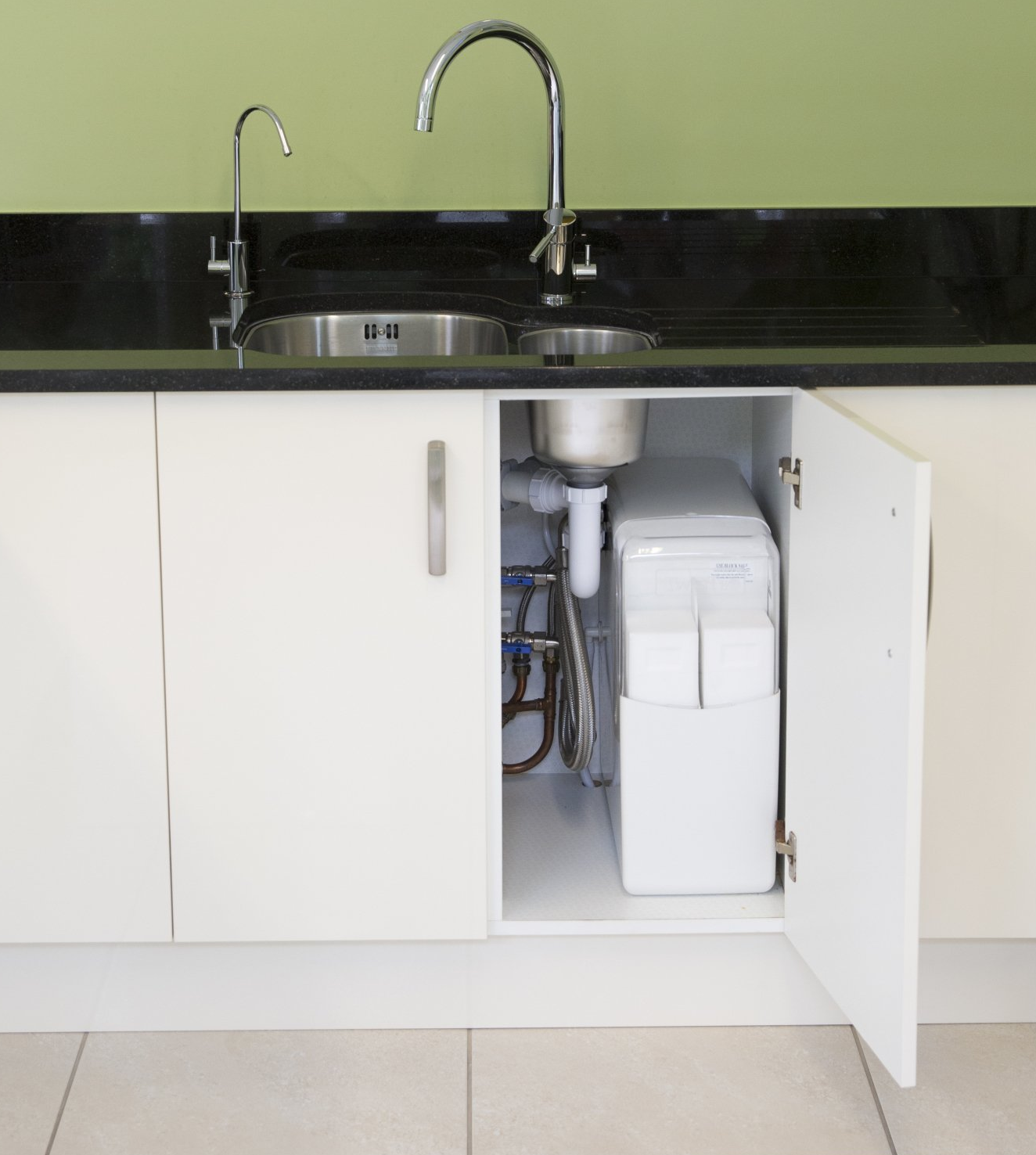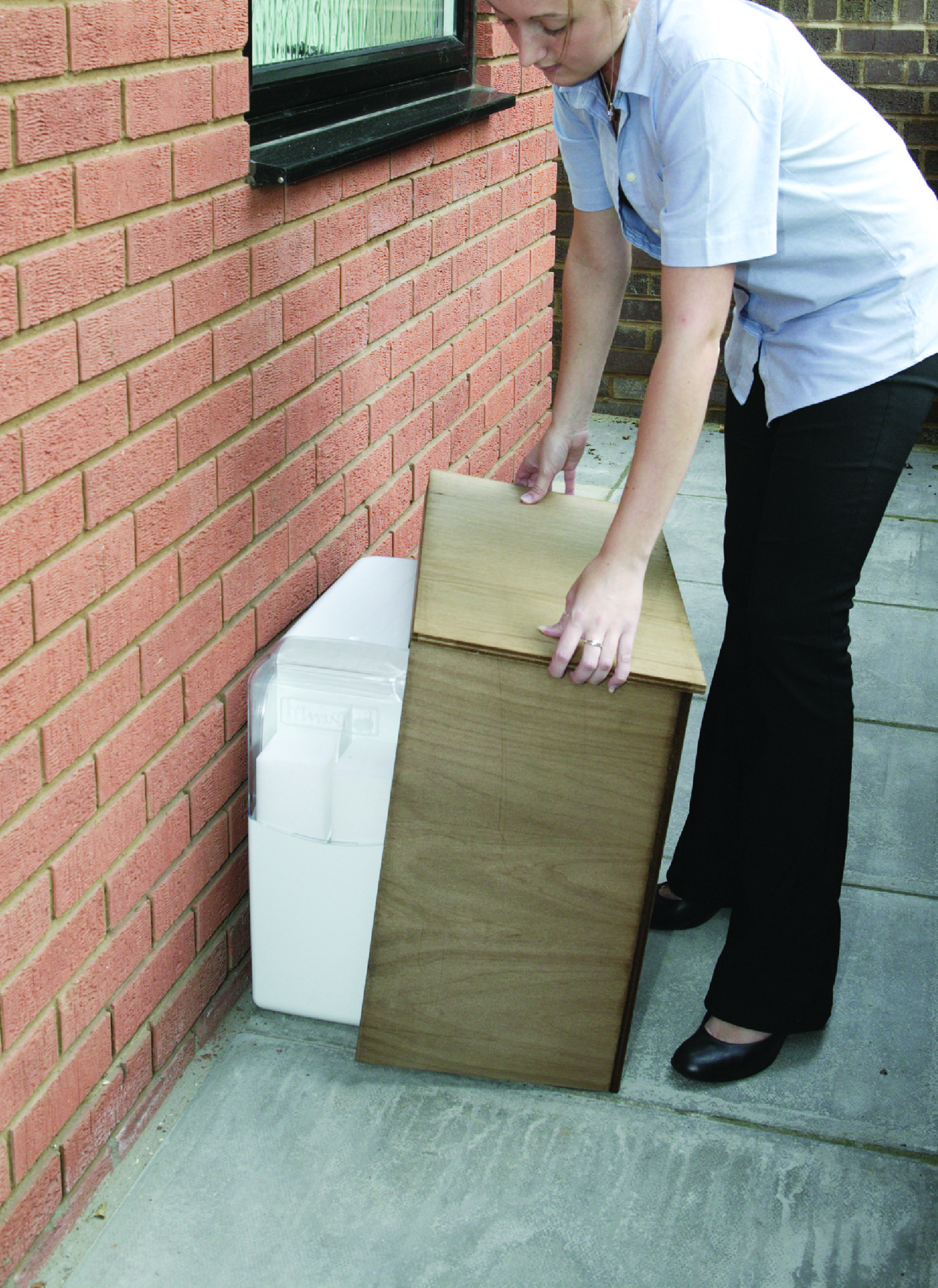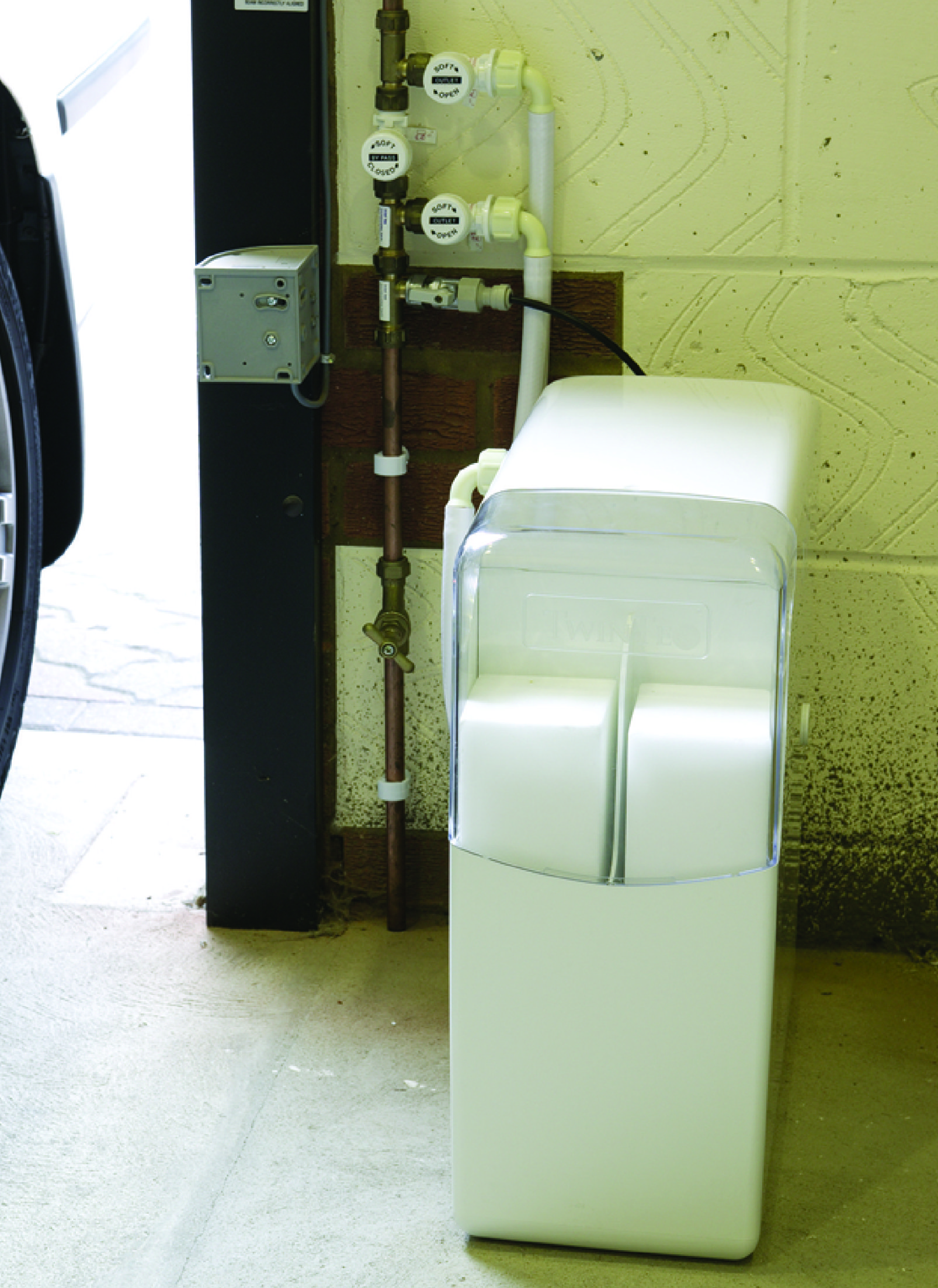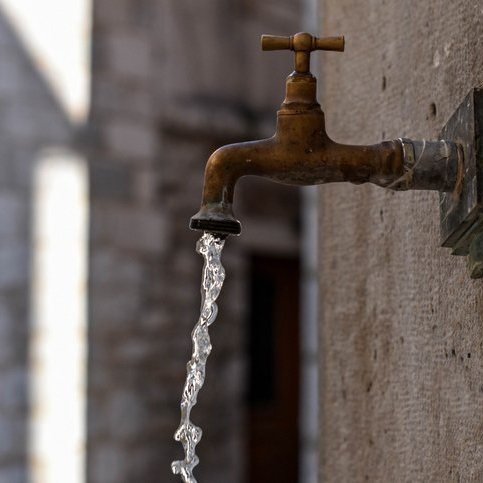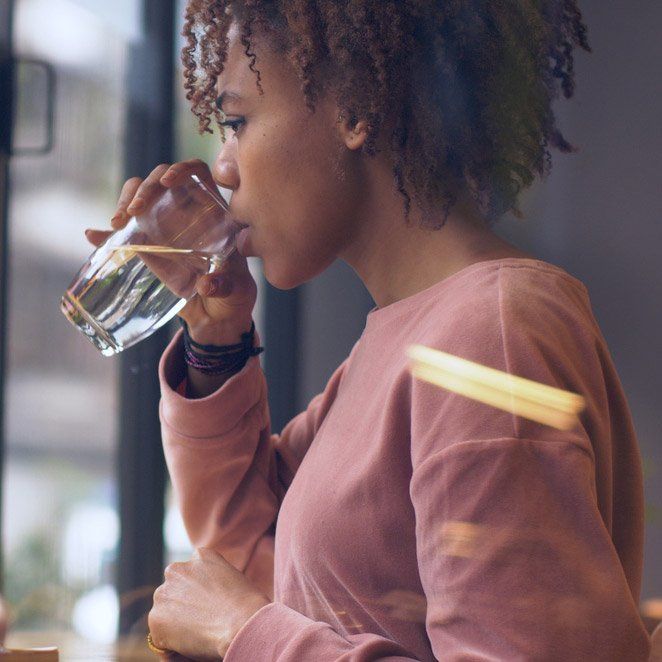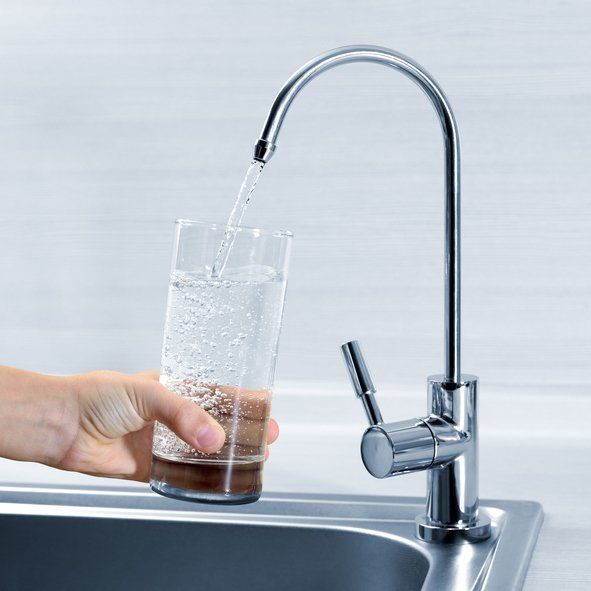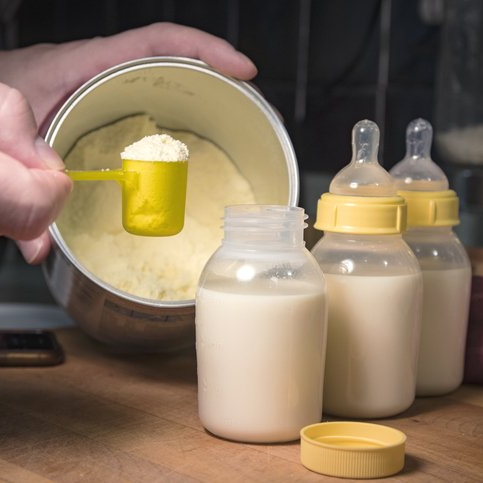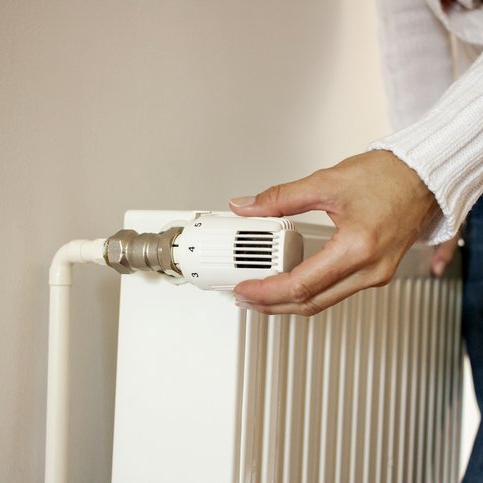Installation
Installation
Where can I install a Water Softener?
Our water softeners have been designed to fit into a place that suits you.
The most popular and common location for installation is under the kitchen/utility room sink.
However, we will install it wherever suits you and your home.
To ensure you are getting the most out of the water softener we would advise you have it located as close to the incoming main (stopcock) as possible.
This means the ultimate protection for your home by removing hardness for the point of entry.
The list does not end there; our water softeners are very versatile and nothing is out of the realms of possibility.
It’s worth bearing in mind that once a water softener is installed you will need access to it to replenish the salt blocks.
We offer a free site survey where we take all of this into account when recommending the best location for you and your property.
The Installation
A water softener is a removable appliance the same as your washing machine.
It is connected on to your existing pipework (as close to the stopcock as possible).
We plumb in a bypass set which is three valves (inlet, outlet and bypass)
and connect on to the water softener with flexible hoses.
The bypass valves give you the ability to isolate the water softener and return on to hard water should you need to for any reason.
Reasons to do this normally include: general plumbing work is being carried out in your home, your central heating needs refilling with mains water or the water board are carrying out maintenance and have advised the softener is isolated.
The water softener has a total of 4 hoses connected to it.
- Inlet Connection
- Outlet Connection
- Drain Connection
- Overflow Connection
The inlet and outlet connections are the hard water in and soft water out into your property.
The drain connection is for the waste regeneration water and is connected onto or into an existing drain where possible – (usually the U-bend of the sink or a spigot waste pipe under the sink). Otherwise we can fit a suitable drain connection.
The overflow is mandatory on all water softeners and is simply there as a precaution in case the cabinet was to fill.
Every installation is bespoke to each individual home and property. So if none of the above suits your particular set up, it does not mean it is not possible. As specialists in the water softening industry and as qualified plumbers, there has not been an instance in the last 40 years where we have not been able to install a water softener.
Garden Tap
Where possible we leave the garden tap
connected on the mains hard water. However we have many customers who prefer to have the garden tap connected to the water softener as well so they can wash or rinse their car or windows in soft water.
Because we install a bypass set with the water softener it means you can isolate the water softener so when you want to water the garden or use hard water outside, you simple pop the softener on bypass then turn it back to soft when you are finished.
The best of both worlds.
Drinking Water
First and foremost - you can drink the water from our water softeners*. (* See below for exceptions)
There is a common misconception that all water softeners produce unpalatable or dangerous water for drinking.
It is true that some water softeners do not produce water which is potable; due to high salt content in the water.
However, we are pleased to say we only sell the type of water softener which is proven to be perfectly safe to drink.
We are fully aware though that just because you can
drink the water, you may not necessarily like
the taste.
Soft water has had the hardness minerals removed, these minerals have a taste you are familiar with so it may take time to adjust …or you may categorically not enjoy the taste.
Either is fine – we are all different.
Planning Your Installation
Because of this we include a separate drinking water tap in our installation so you can enjoy both.
The separate feed is taken from just before the softener installation so this tap is completely separate from the softener (as is the garden tap).
The separate tap is usually fitted at your kitchen sink but again it can be located somewhere else such as a utility room.
There are various taps, in different finishes and colours so if the example is not for you then there are other options.
Likewise there is always the other option to have a 3-way tap (at an additional cost).
This would replace the existing mixer tap and can supply 3 feeds of water through one spout (e.g. Hot and cold soft water and mains hard or filtered water.)
Alternatively you do not need to have the tap at all. If you are happy to have only soft water then there is no legal requirement to say you cannot.
Incidentally, drinking water taps can always be added in after, so you can change your mind at any time and have it fitted after all.
*Drinking Water Exceptions:
The only 2 exceptions to the rule for drinking softened water are:
- Infants
- Those on Low Sodium Diets
Softened water does not have salt in it;
however the sodium
level is ever so slightly increased.
For this reason it is recommended that infants on formula feed do not have it because they need to have a regulated intake of sodium whilst growing and developing.
The amount of sodium in the water will vary depending on the hardness of the water, however 200mg/l is considered the maximum level for an infant.
This figure is specified taking into account the sodium levels already in the baby feed, so the feed combined with the water should not exceed 350mg/l.
The same goes for those on a restricted sodium diet, it is only a small amount, but nonetheless if your diet is strict then it’s best to stick with drinking hard water.
What About My Boiler?
This is another misunderstanding when it comes to water softeners and boiler compatibility.
We can assure you 100% our water softeners are completely compatible with any type of boiler.
Here is a quote taken from The Heating and Hotwater Industry Council (HHIC) consumer guide with regards to protecting your boiler and heating system:
“Water softeners are a way to offer “whole house” protection against limescale. Some boilers are not recommended for use with softened water (ion-exchange) in the primary circuit, so, if in doubt, always fill the heating system using unsoftened mains water.
This can be done by simply opening the bypass valve on the water softener installation plumbing temporarily whilst filling, or by having a separate mains water feed directly to the heating system filling loop, or feed and expansion tank.
The boiler manufacturer may give more detailed advice in their appliance instructions, which must always be complied with to ensure that your boiler warranty is protected.”
There are two circuits to your boiler, your primary circuit (heating side) and your domestic water side. For the domestic side e.g. your everyday water in the bathrooms, kitchen and internal pipework or heat exchanger etc., softened water is perfect
and not going to invalidate your warranty.
In fact the introduction of the softened water is going to protect
and prolong
the boilers lifespan as well as make it more efficient.
Where it becomes more technical is when you talk about the primary circuit (central heating side) - so the closed circuit of the system. Without getting too technical, there is a chemical added to this loop to prevent corrosion in the pipes and radiators etc. This is called an inhibitor.
What the HHIC are recommending is that whenever the central heating system is drained for whatever reason, or is topped up, that the water softener is bypassed and hard water is used for the refill in this circuit.
Then once complete the water softener can be un-bypassed and put back online for domestic water in the home.
In all our years of trading (over 40 years)
we have never had any instance where there has been corrosion or a problem with a boiler as direct result of using softened water.
If you have any questions or concerns about boiler compatibility at all then please do contact us so we can help or explain further.
We have the whole of East Anglia covered with our 3 showrooms...
IPSWICH
TwinTec House
150 Spring Road
Ipswich
IP4 5NR
PHONE
01473 713600
SAXMUNDHAM
Infinity House
6 South Entrance
Saxmundham
IP17 1DQ
PHONE
01728 633007
BRAINTREE
295 Coggeshall Road,
Braintree
Essex
CM7 9ED
PHONE
01376 334949
Powered by LocaliQ


